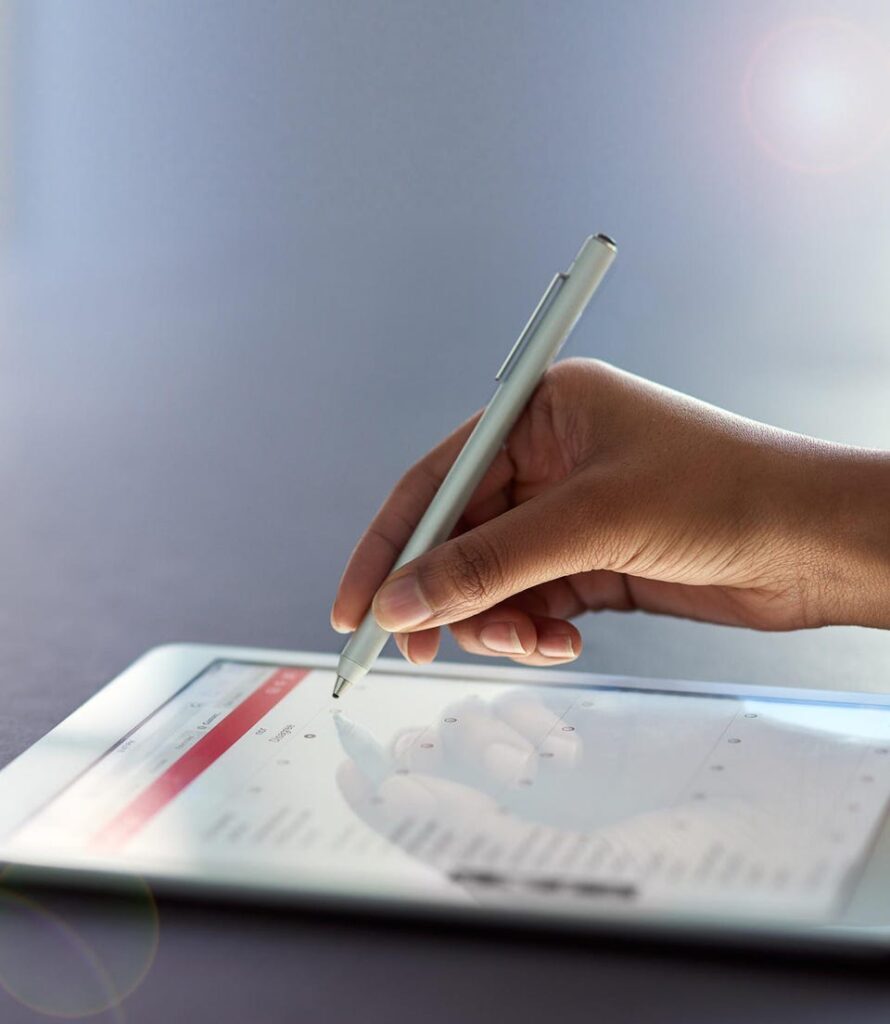Consumer Tech Pen Computing And Apple’s Newton Message Pad’s Impact On Today’s Mobile Computing Tim Bajarin Contributor Opinions expressed by Forbes Contributors are their own. I write about tech industry’s impact on the PC and CE markets. Following New! Follow this author to stay notified about their latest stories.
Got it! Nov 8, 2022, 10:00am EST | New! Click on the conversation bubble to join the conversation Got it! Share to Facebook Share to Twitter Share to Linkedin Today’s pen computing is a result of decades of trials and errors of evolving technology. getty If you have been in the industry for at least 30 years or have followed technology for at least this long, you will remember the introduction of pen computing 30+ years ago. Up until then, all computing was done via a keyboard.
But a Los Gatos, CA company introduced what was known as the GridPad 1900 in 1989 that used a pen for input, and pen computing was born. This particular computer was targeted at mobile field workers who could enter data via a pen while out in the field. (I still have an original GridPad in my office tech museum.
) Although this was a niche product, it birthed a whole host of dedicated Windows Pen Computing tablets in and around 1991-1992. Next, Microsoft jumped on the Pen Computing bandwagon, and soon we saw a lot of traditional PC companies creating prototypes of their own. The problem with these early pen computers is that the technology was absent at this time to deliver a great experience.
The concept’s heart was special software to convert the written script into digital text. But this software did not work well, and by 1992, most pen computing projects bit the dust. On the other hand, Apple began looking at pen computing around 1990, designing a smaller handheld pen computer called the Newton Message Pad .
(I have two of these in my office tech museum. ) Apple had a dedicated team of software engineers whose sole purpose was to work on converting the written script to digital text, along with hardware engineers who created the Newton design. With great fanfare, Apple introduced the Newton Message Pad at a private media event in Chicago on May 29, 1992.
I attended this event and watched as then-Apple CEO John Scully proudly showed off their most recent invention. MORE FOR YOU Meet The Unknown Immigrant Billionaire Betting Her Fortune To Take On Musk In Space Gig-Workers And Parents Are Biggest Distracted Drivers America’s Unemployment Problem And What It Can Learn From The UK I was one of the early testers of Newton. While I liked the concept, very soon, it became clear to me and many others that Newton, like its pen computer predecessors, could not deliver the type of written script to digital text experience either.
The failure of Newton’s poor handwriting conversion technology was immortalized in the Doonesbury comic strip by Gary Trudeau – Not long after the Newton Message Pad was released, I met with Jeff Hawkins. We had met together when he previously worked at GridPad. He had started a company called Palm Computing and wanted to show me a new product he was working on called the Palm Pilot .
He began our discussion by showing me a wooden carving he had made of the Palm Pilot design. He then showed me a prototype of the first commercial Palm Pilot. However, when sharing how the Palm Pilot worked and describing the special software he created that taught a user how to write a letter the way the Palm Pilot would recognize it, he made an essential prediction about Apple’s Newton.
He emphatically told me Newton would be a big failure. After working at GridPad and learning a great deal about the written script to digital text conversion, he said the technology still needs to arrive to make that work. Jeff explained that you need to learn to write a letter in the manner the pen computer can recognize for it to be accurately converted into digital text.
So Jeff and his team created an OS that included a written script for a digital text conversion program called Graffiti . Once a user learned to write a letter that the Palm Pilot would recognize, it turned it into digital text instantly. The Palm Pilot introduced the term PDA or personal digital assistant into our tech vocabulary and became a successful product that blazed the trail for today’s pen-based input computing devices.
Palm Pilot had significant success in early pen computing, while Apple and all the others failed. While Apple’s Newton Message Pad was a failure, Apple learned a great deal from this experience. It helped them fine-tune the concept of using touch for navigation on the iPod, iPhone, and iPad.
It also helped them develop the current Apple Pen and the powerful software that converts written script into text much better than it did on Newton. Pen computing is now part of most Windows OS PC experiences and is used in Android tablets and some Samsung smartphones. Pen computing failed in the early 1990s, and it has taken close to 30 years for the technology to evolve and make pen computing useful.
Thankfully, the industry learns from its mistakes, and today the pen is a valuable tool for all types of personal computing applications. Follow me on Twitter . Check out my website .
Tim Bajarin Editorial Standards Print Reprints & Permissions.
From: forbes
URL: https://www.forbes.com/sites/timbajarin/2022/11/08/pen-computing-and-apples-newton-message-pads-impact-on-todays-mobile-computing/
